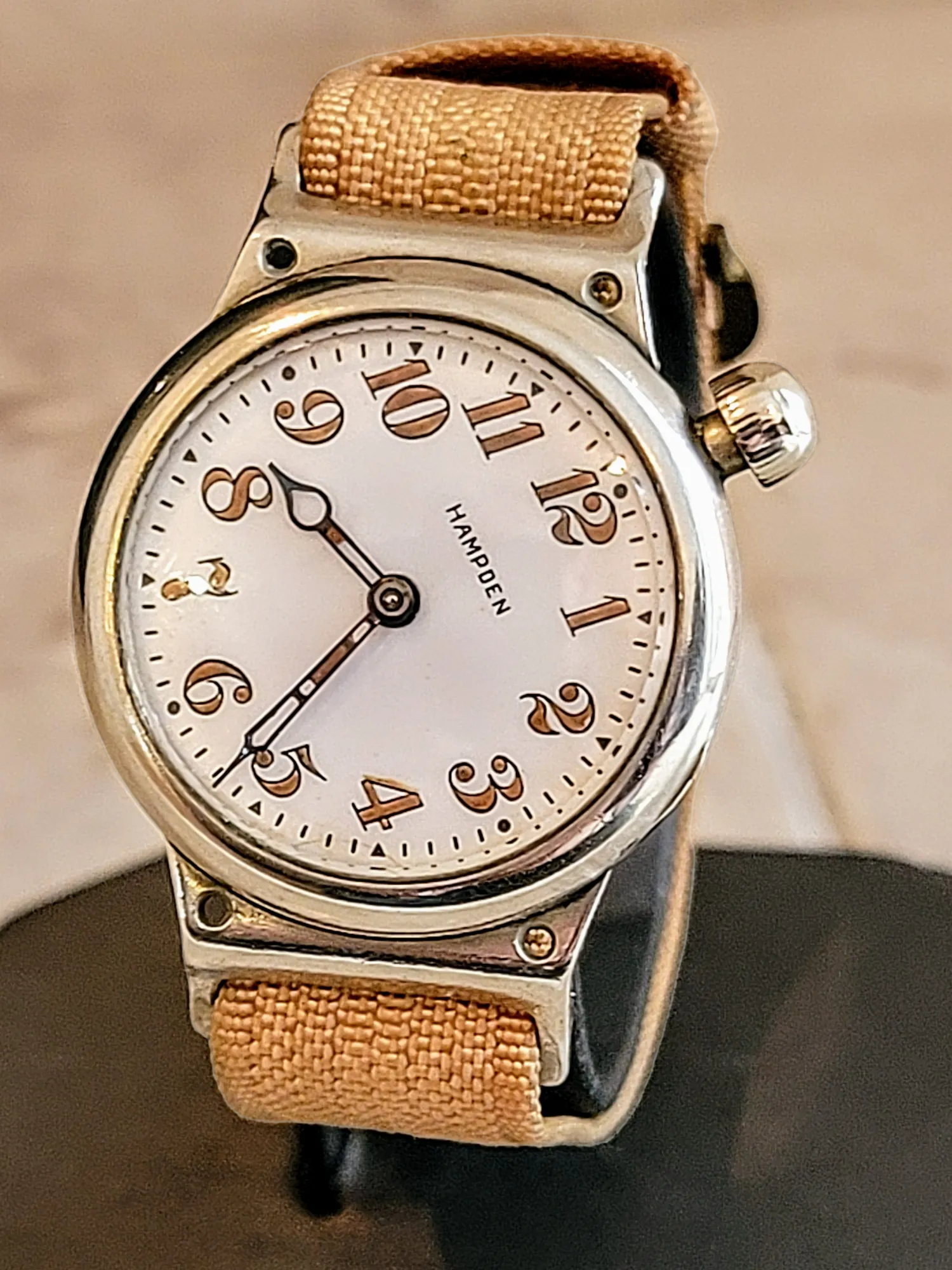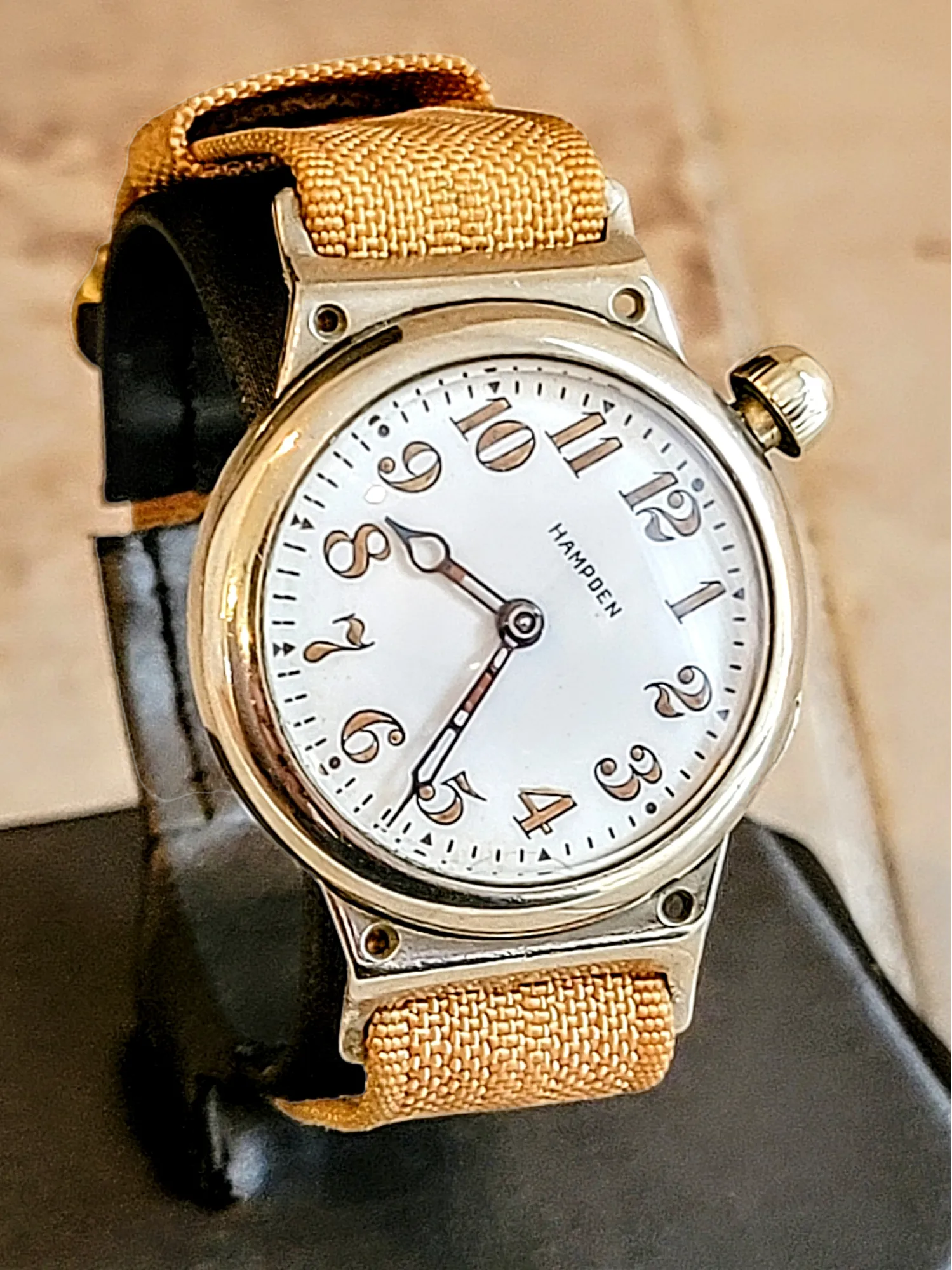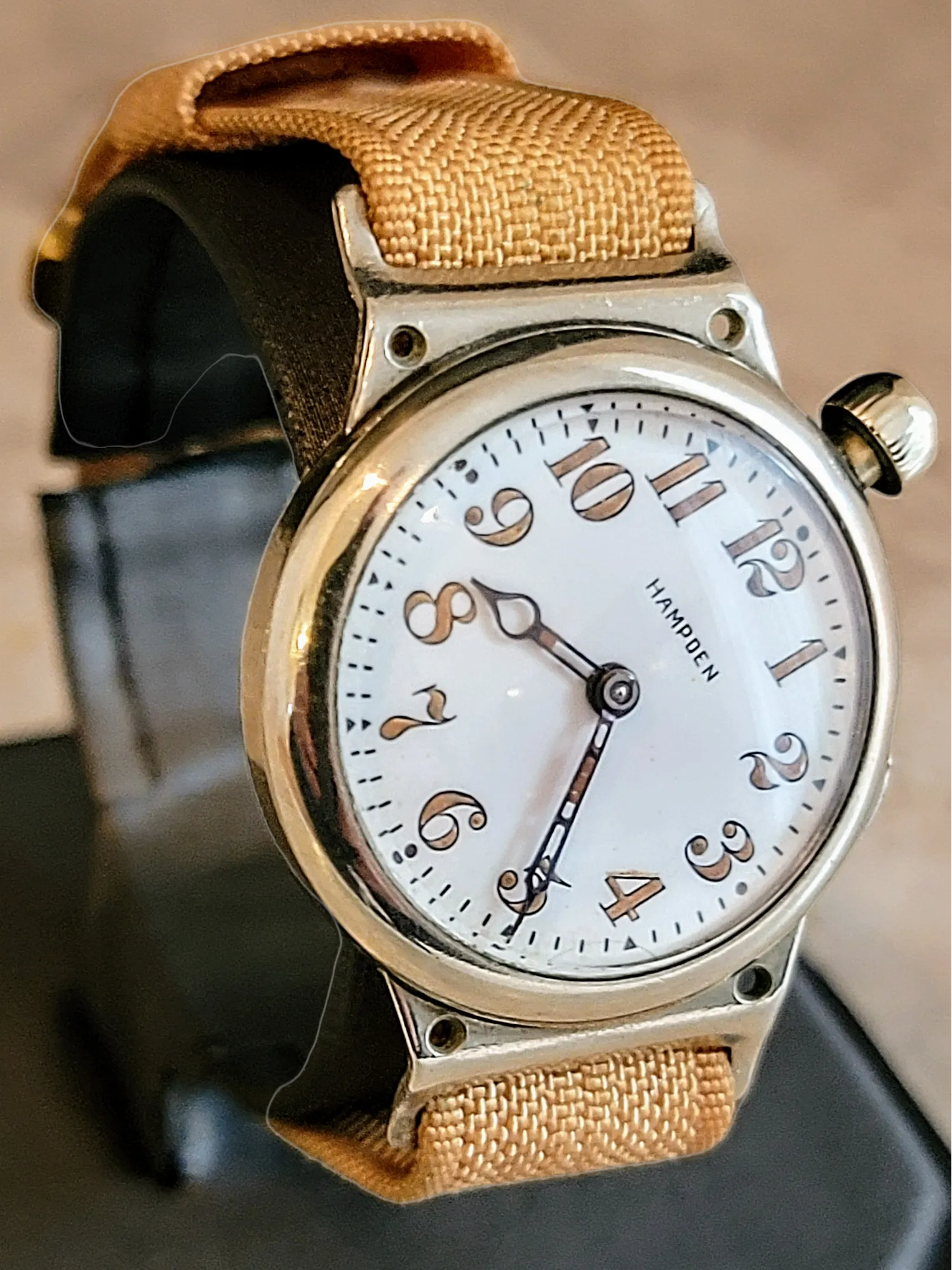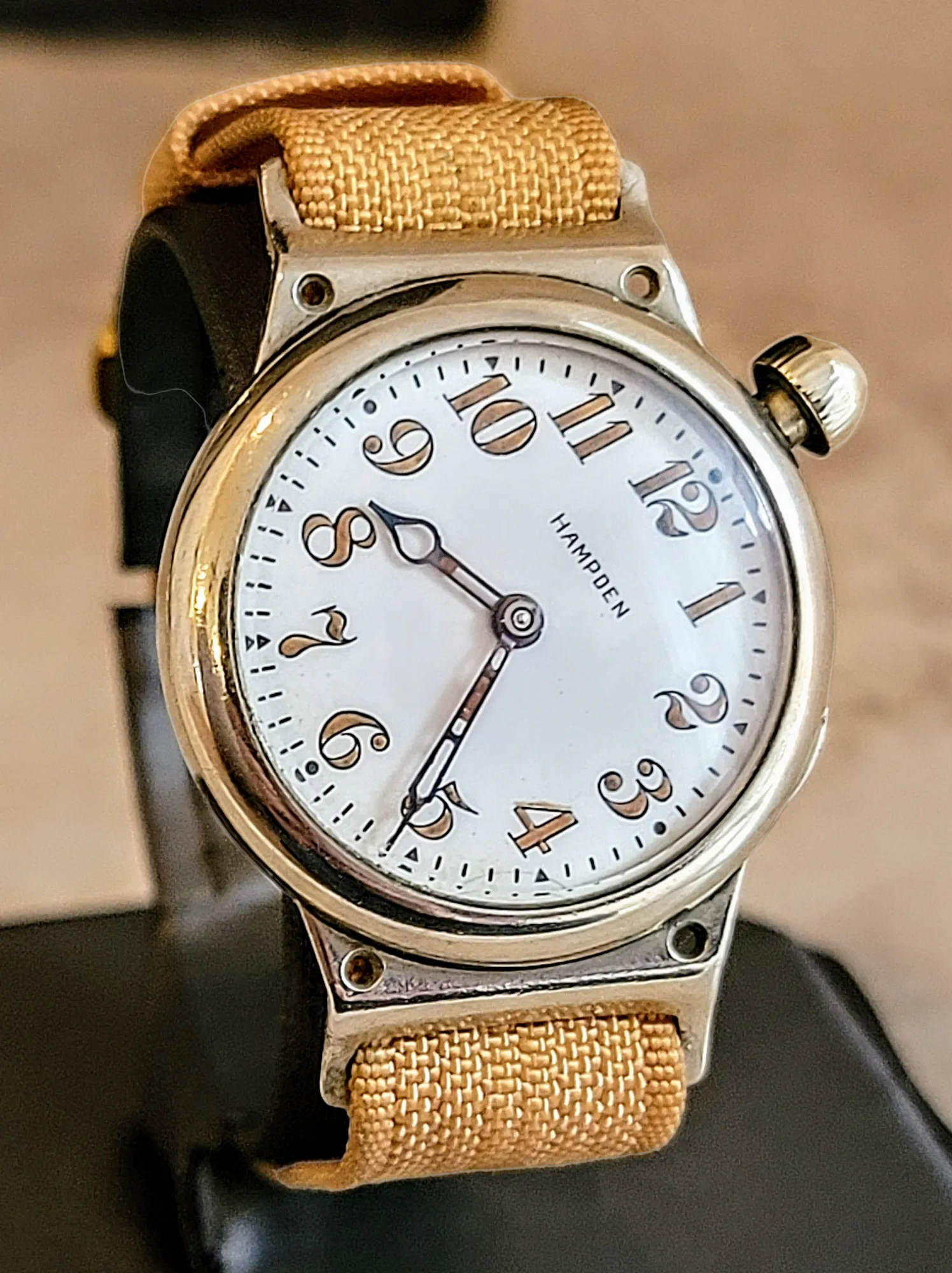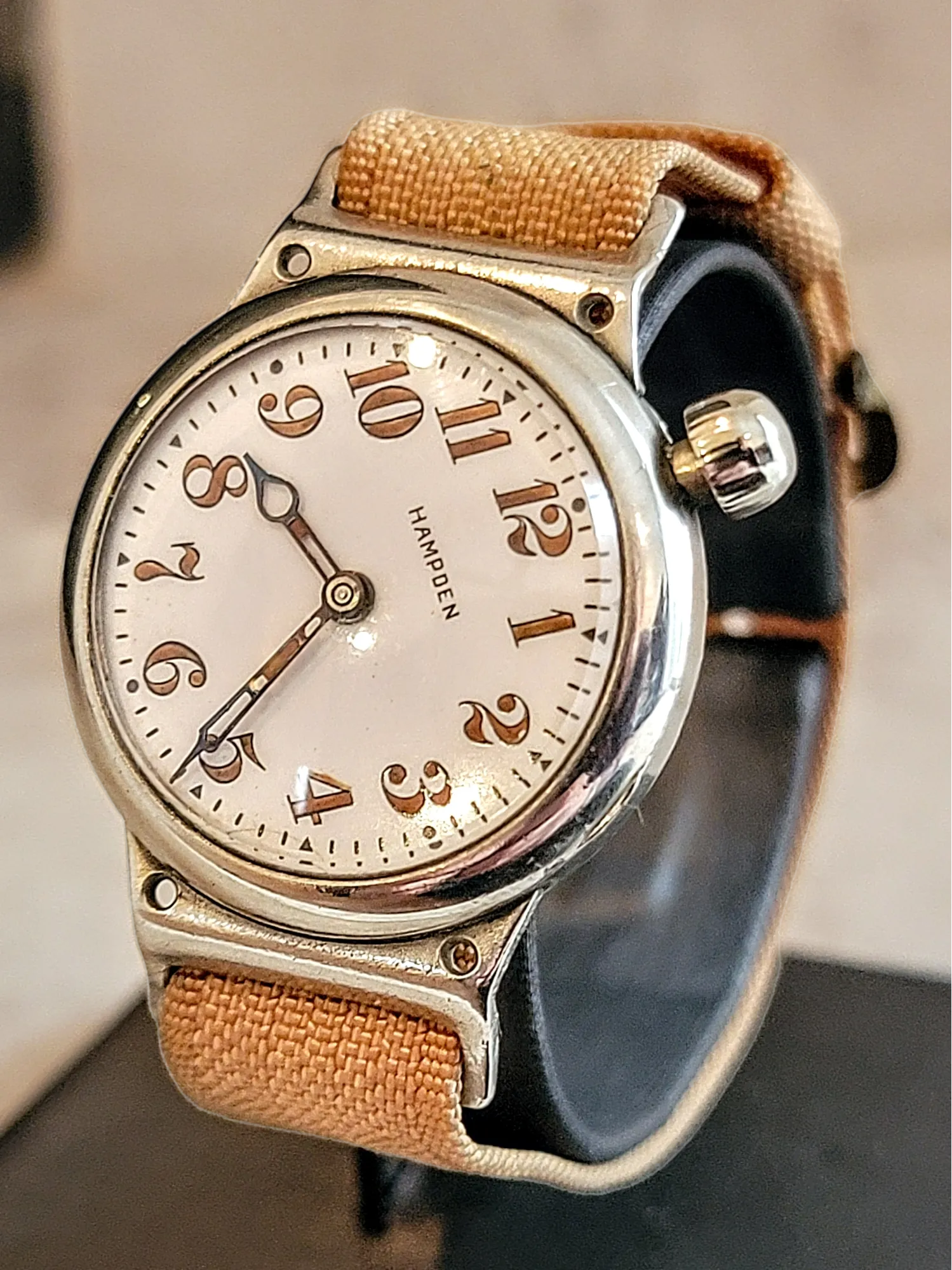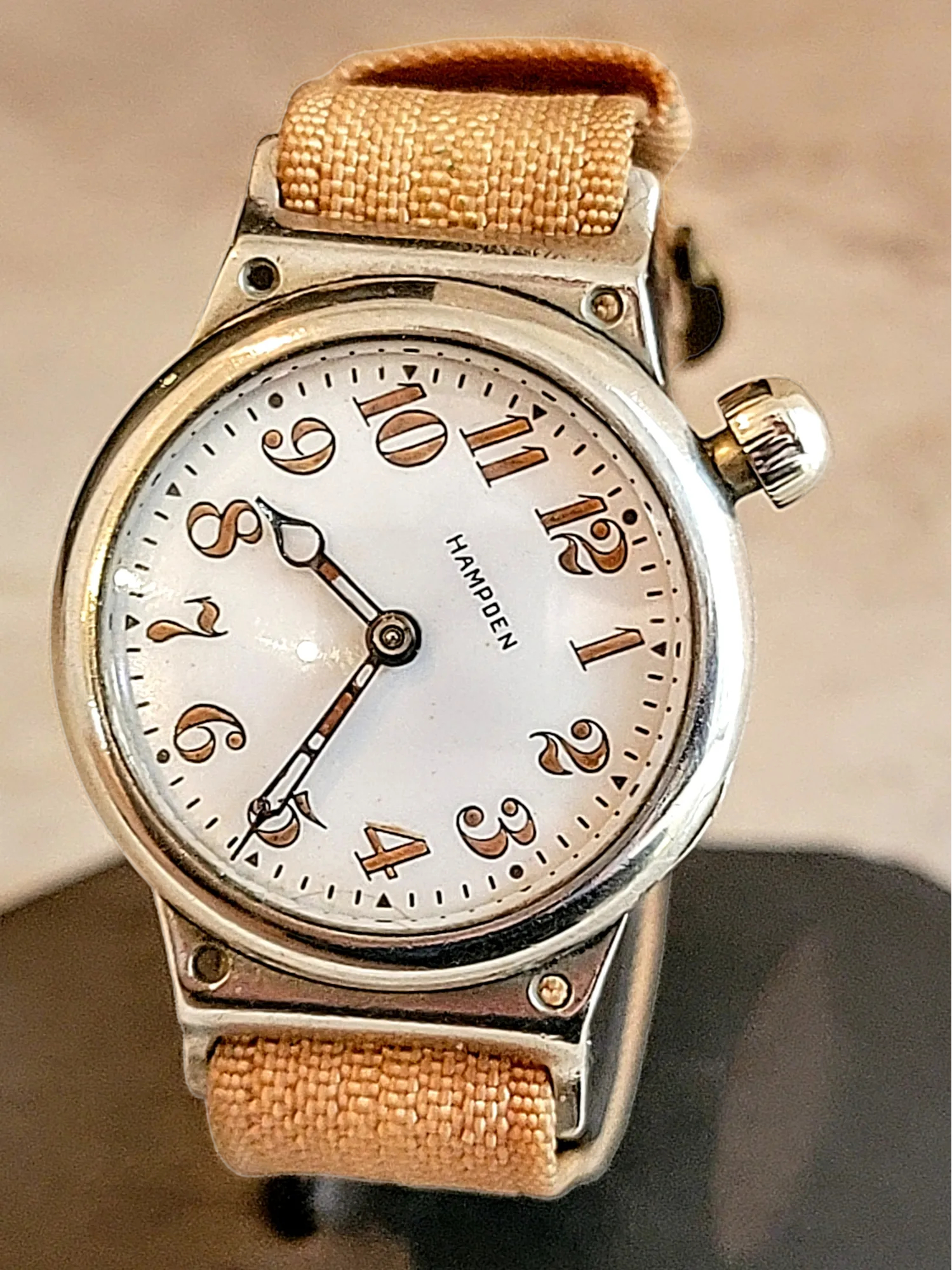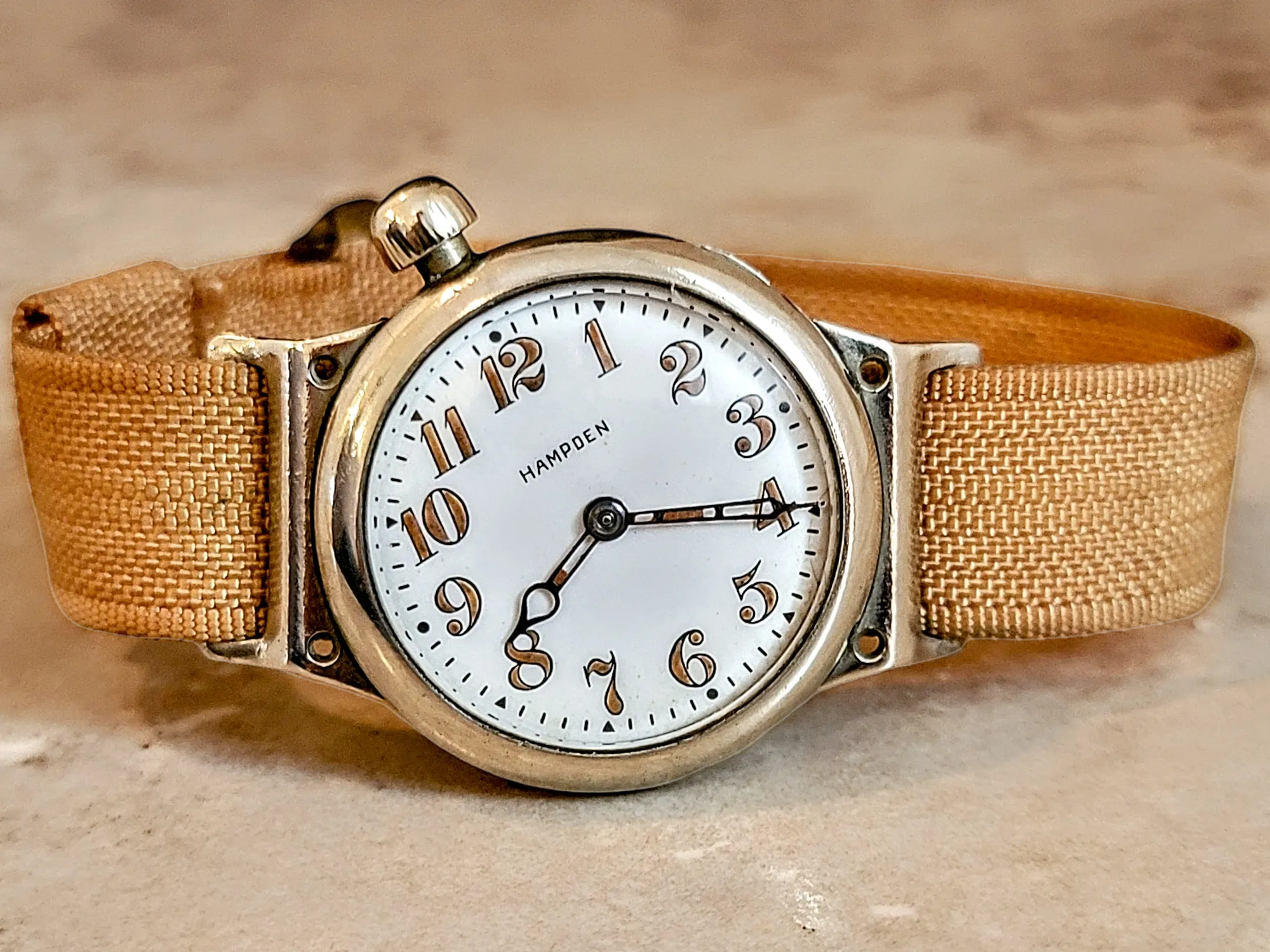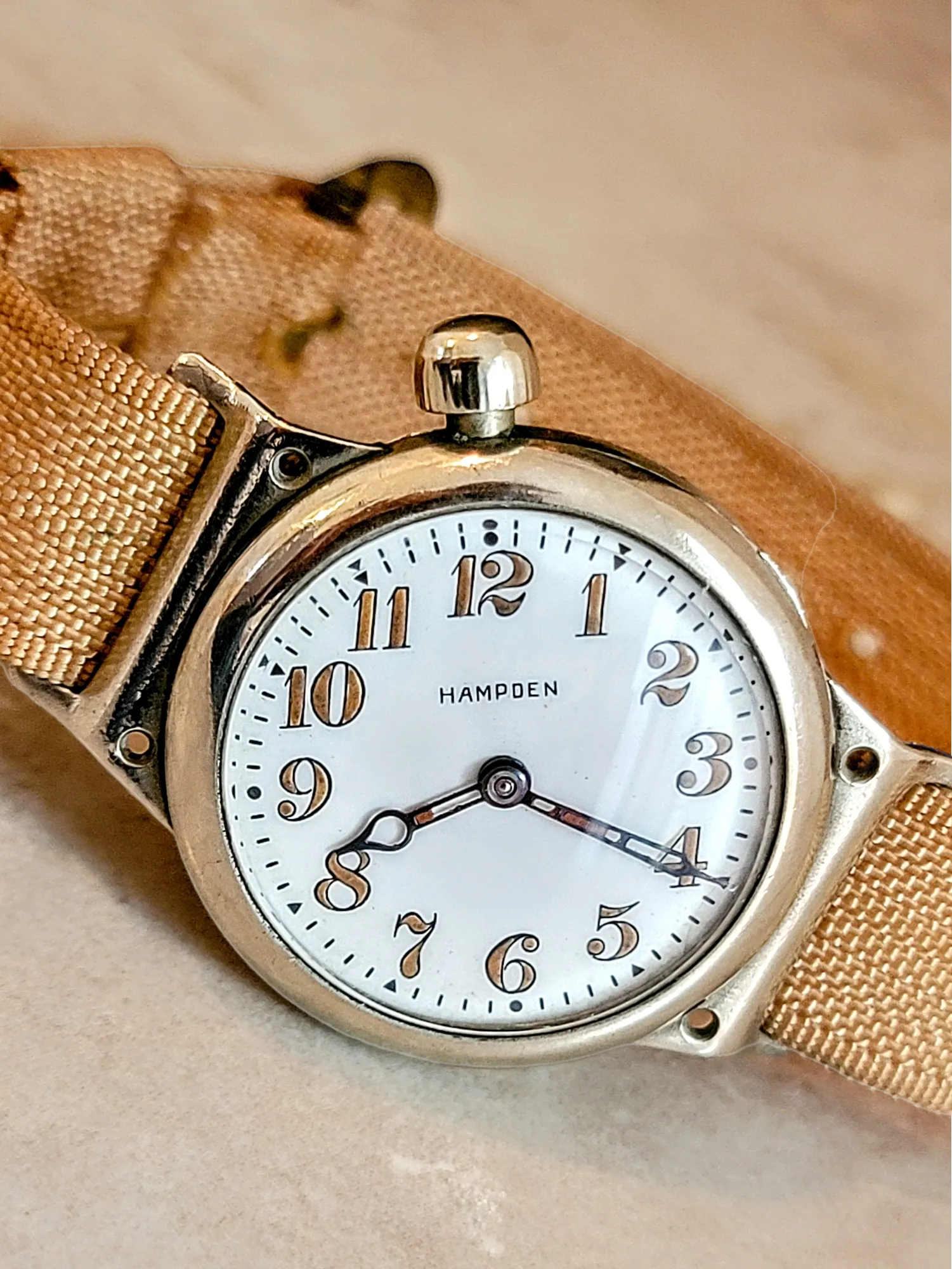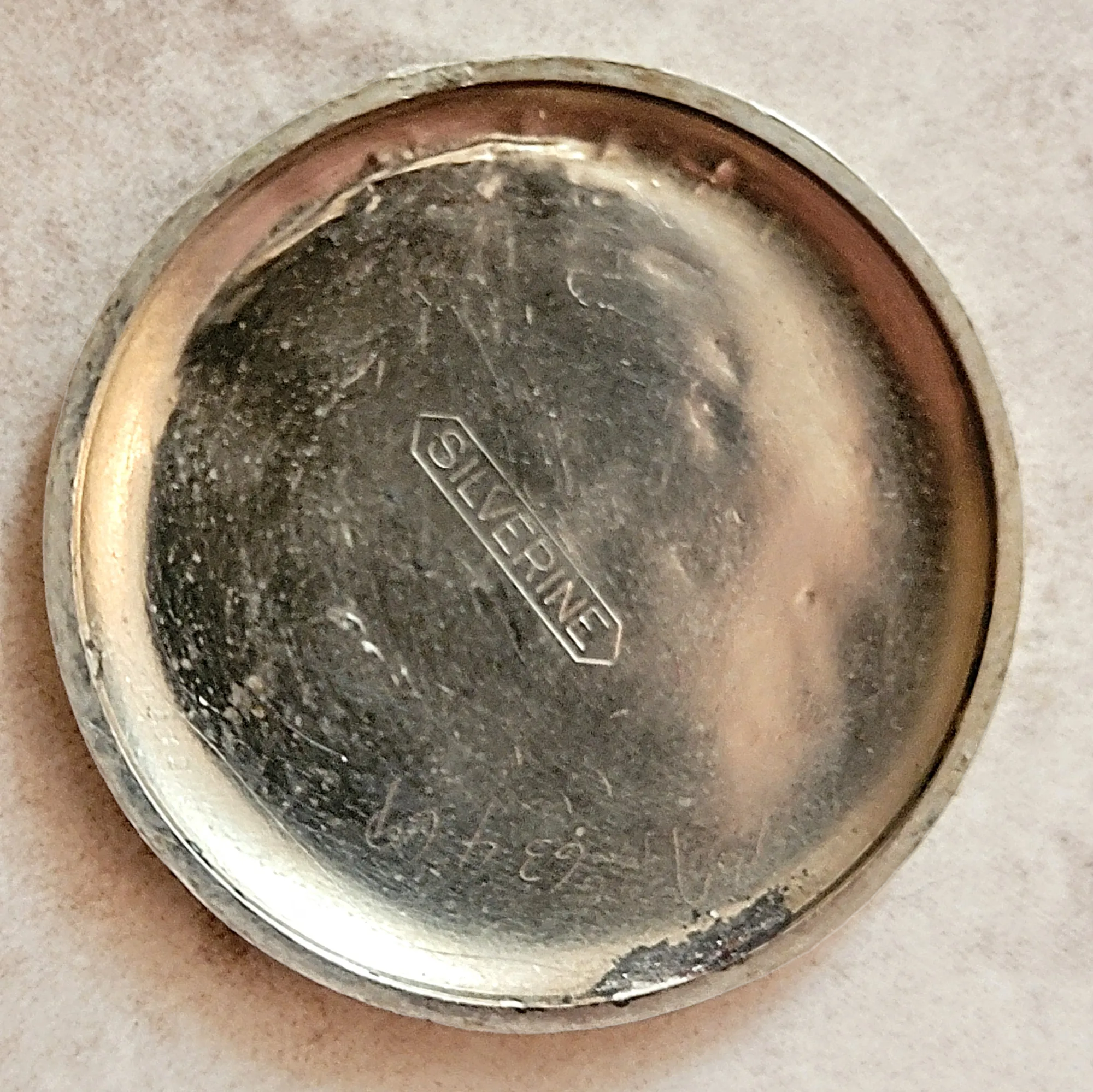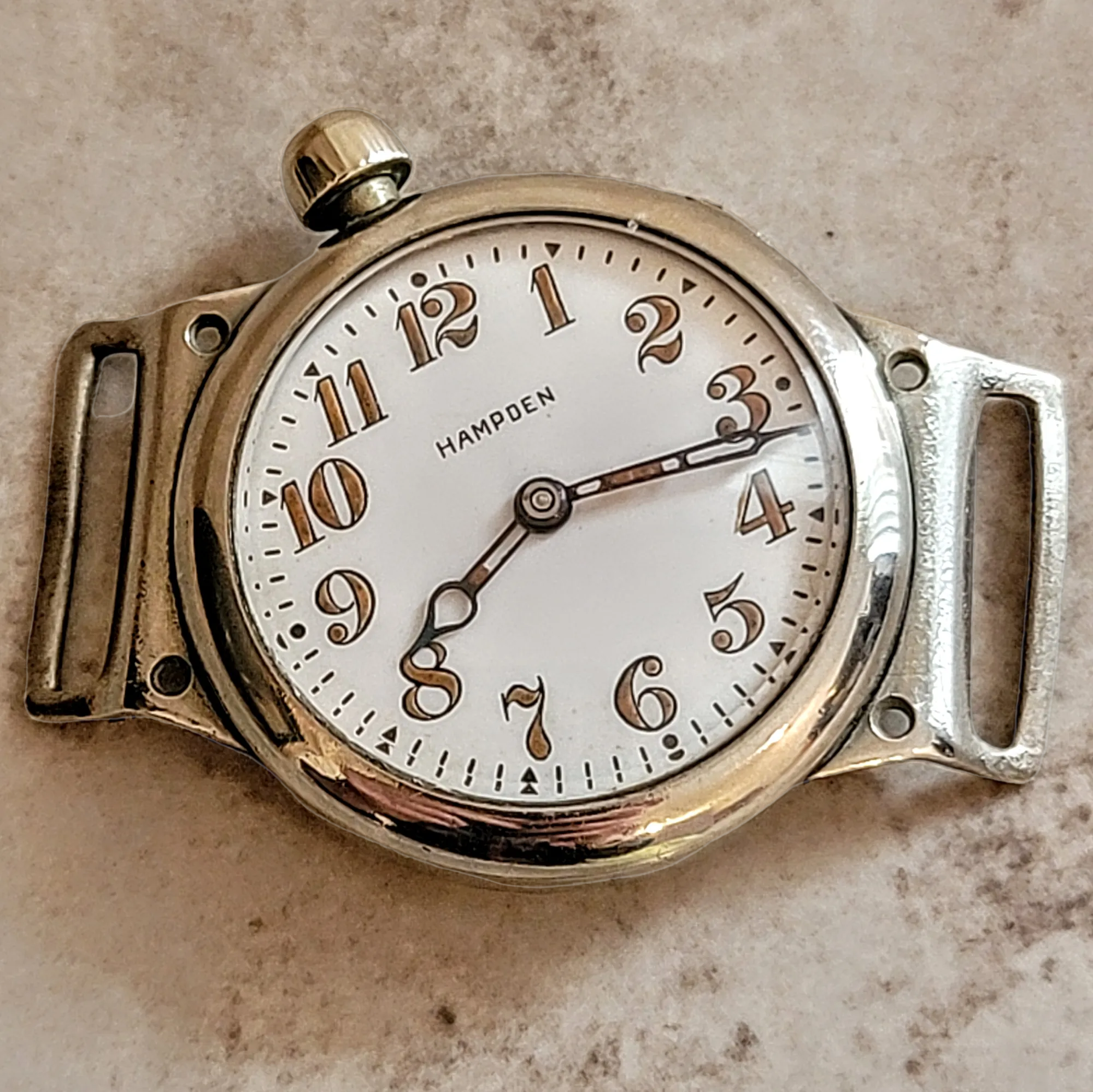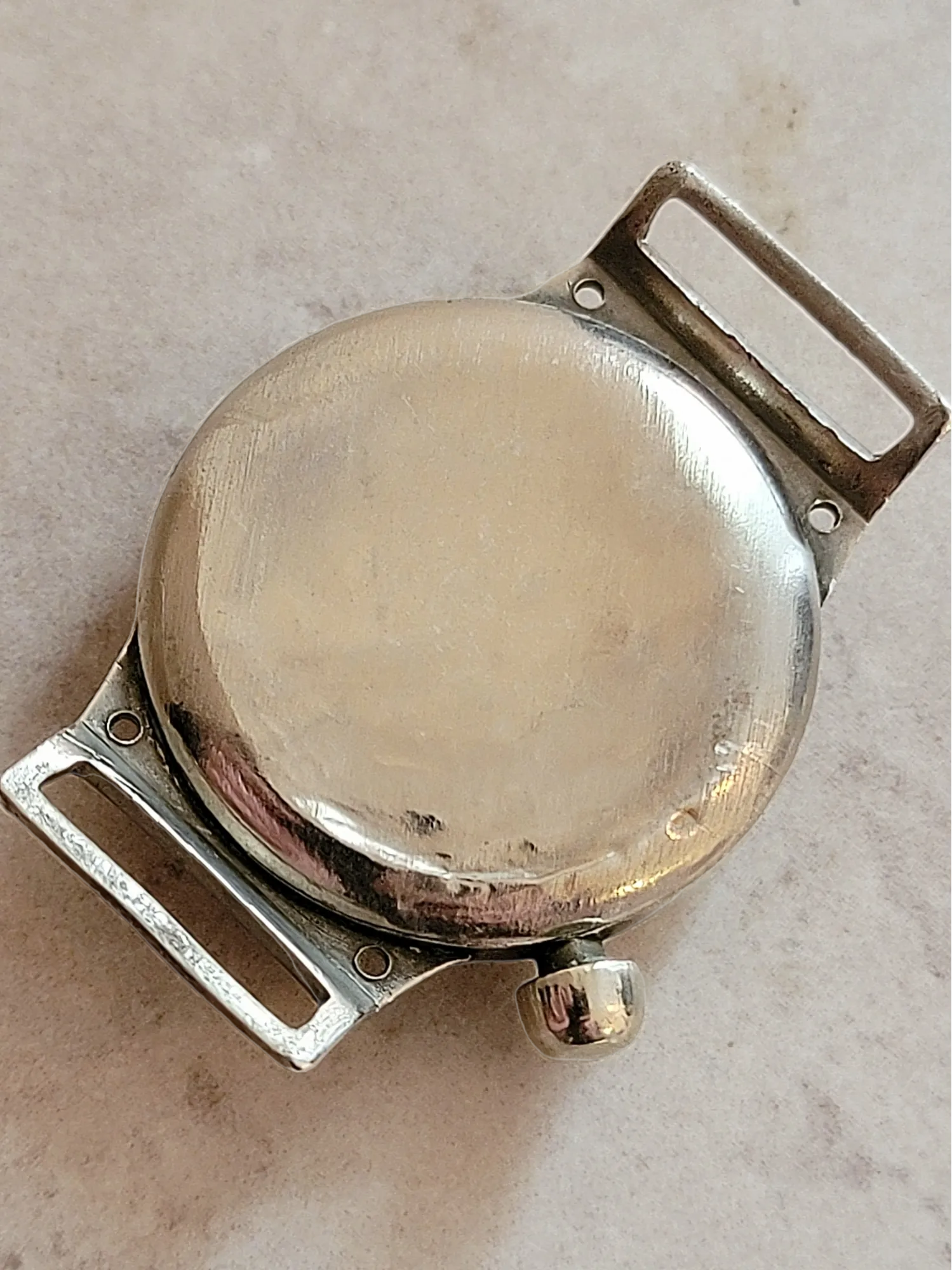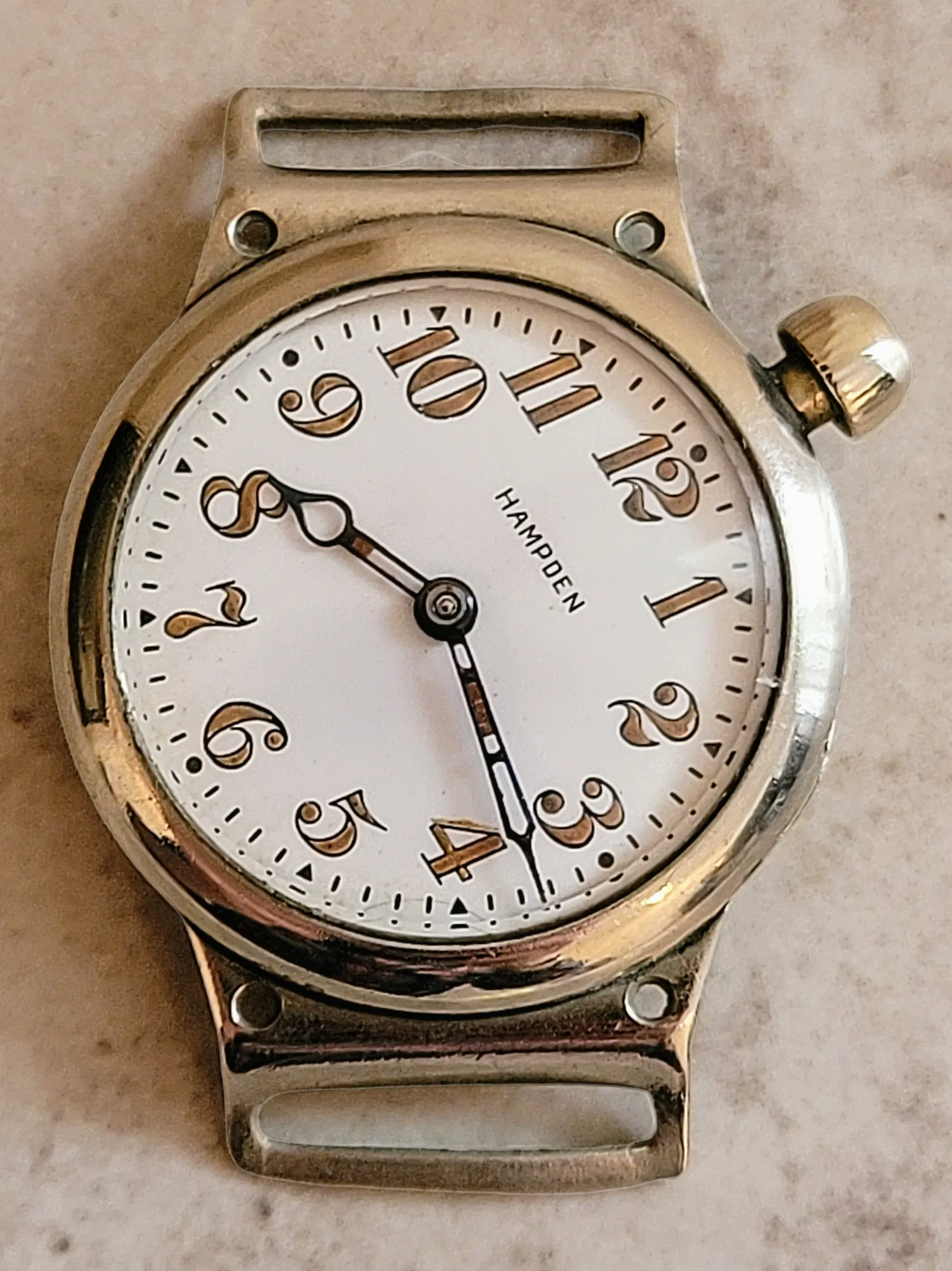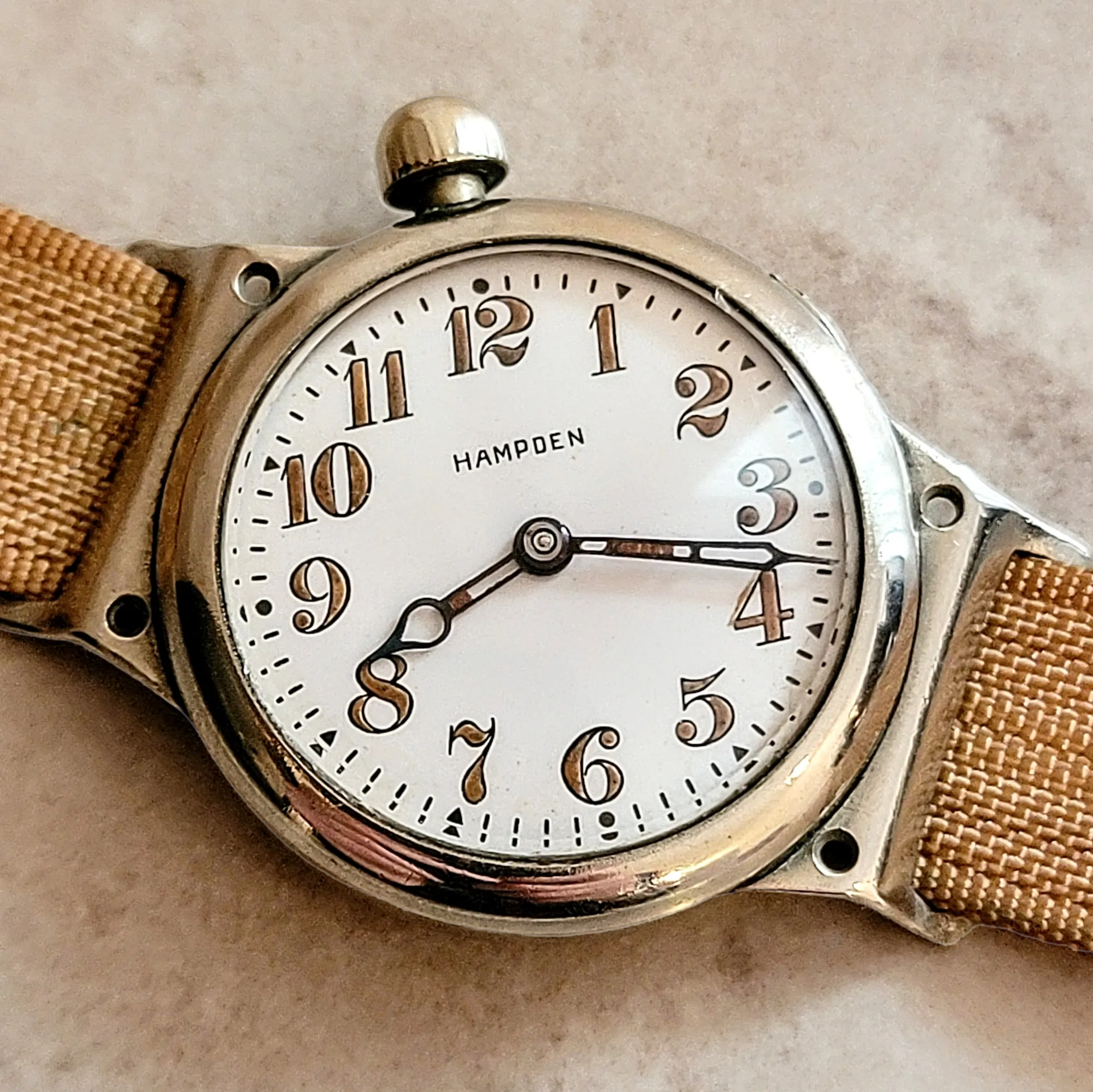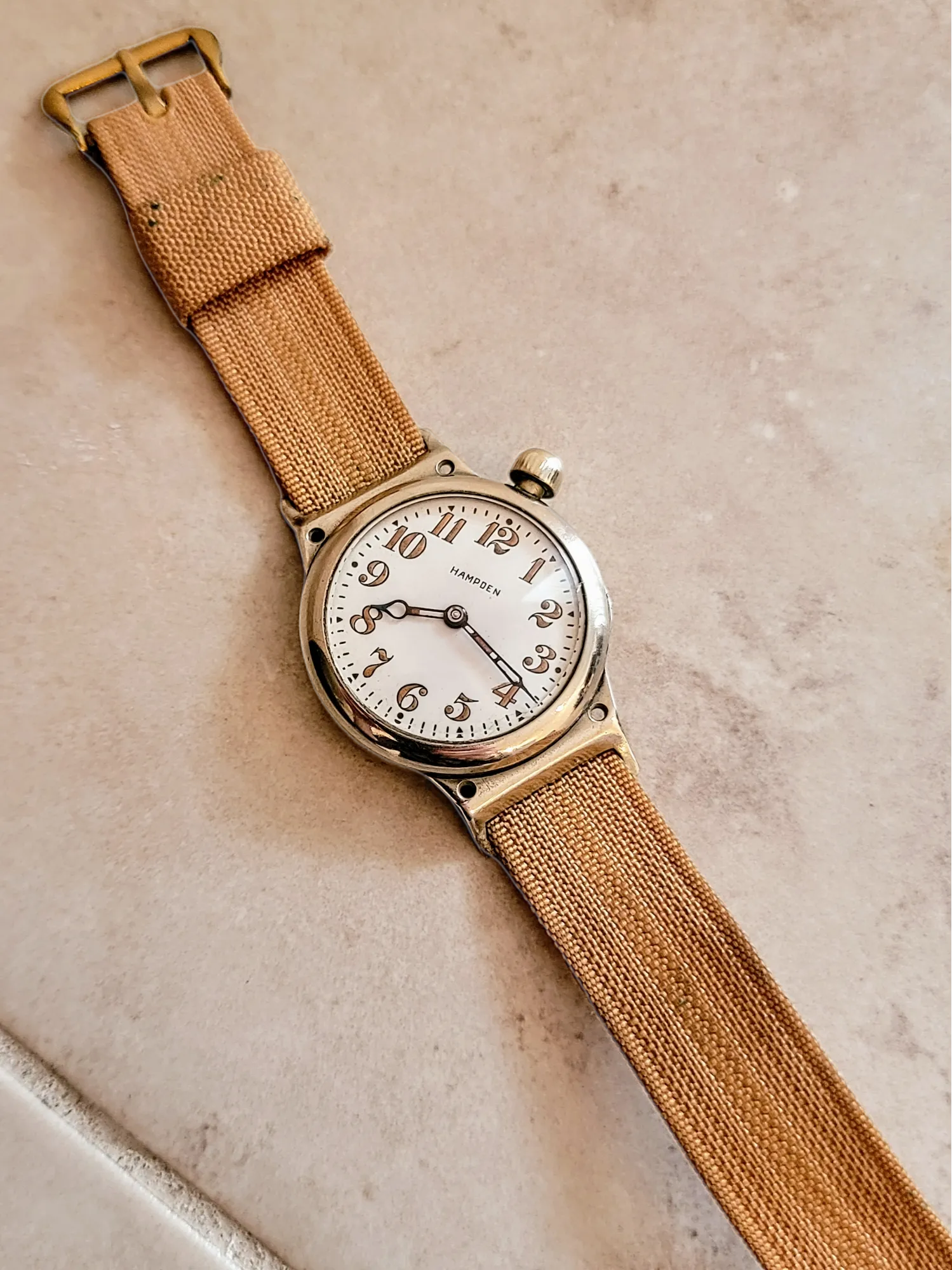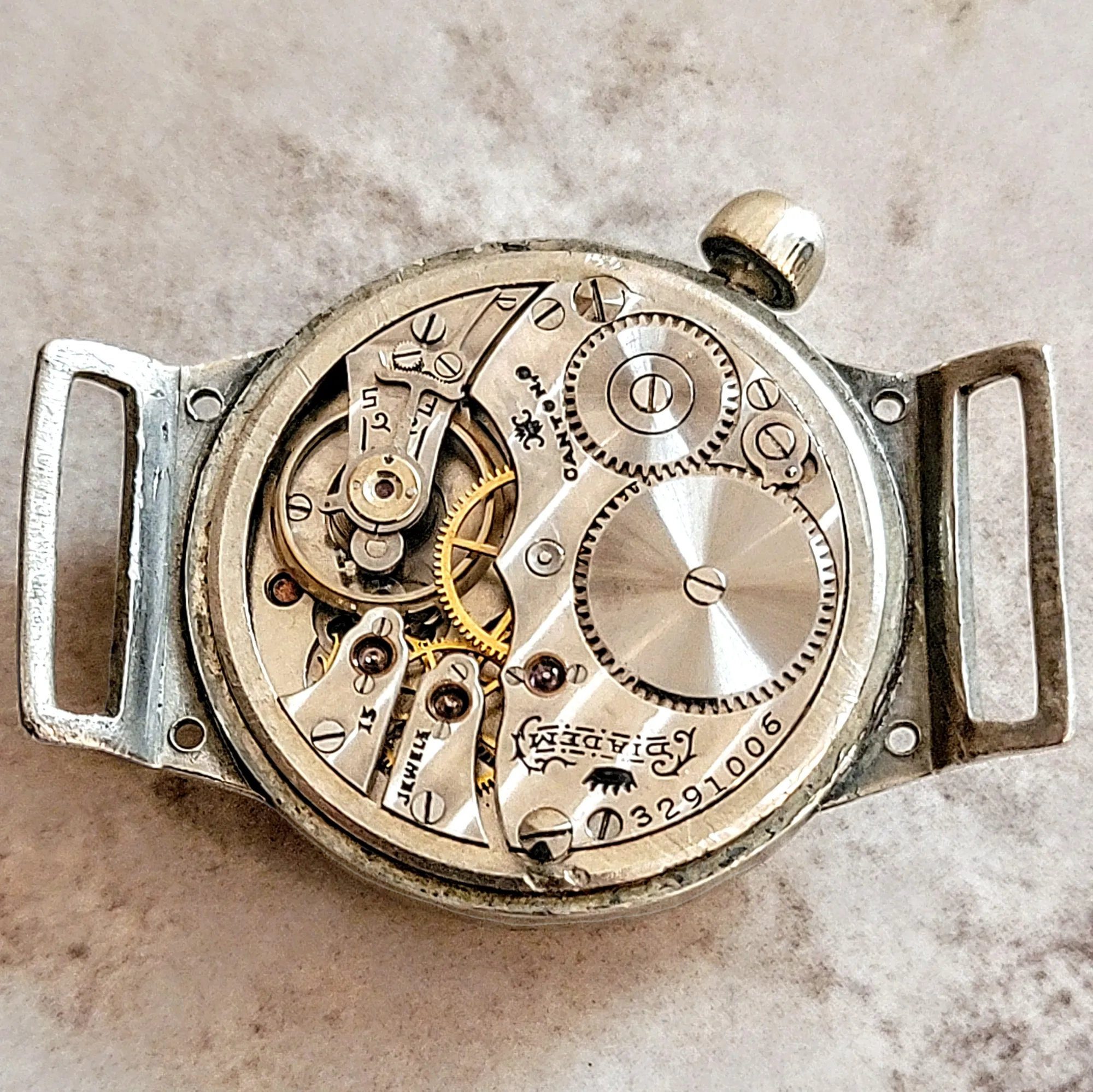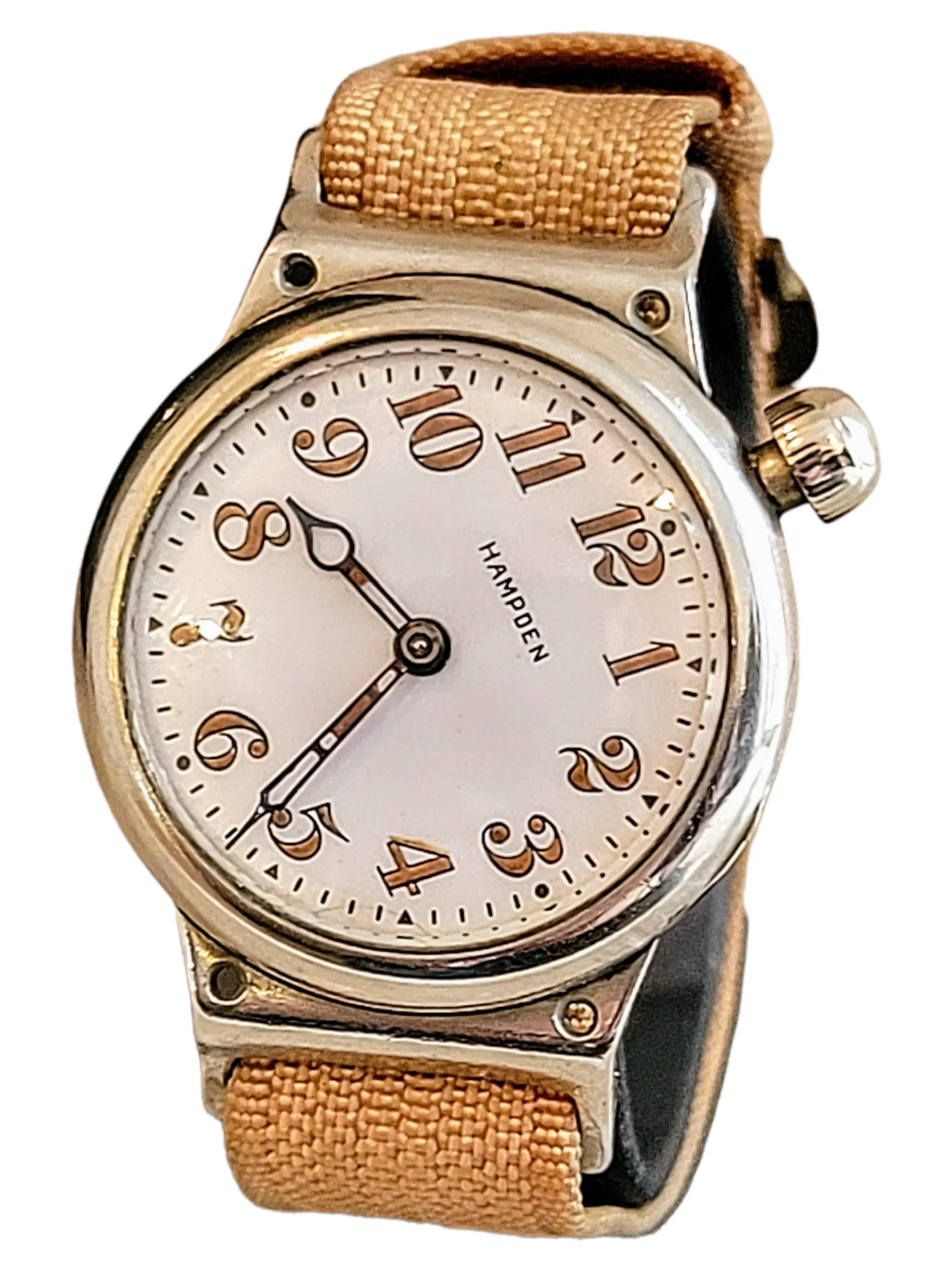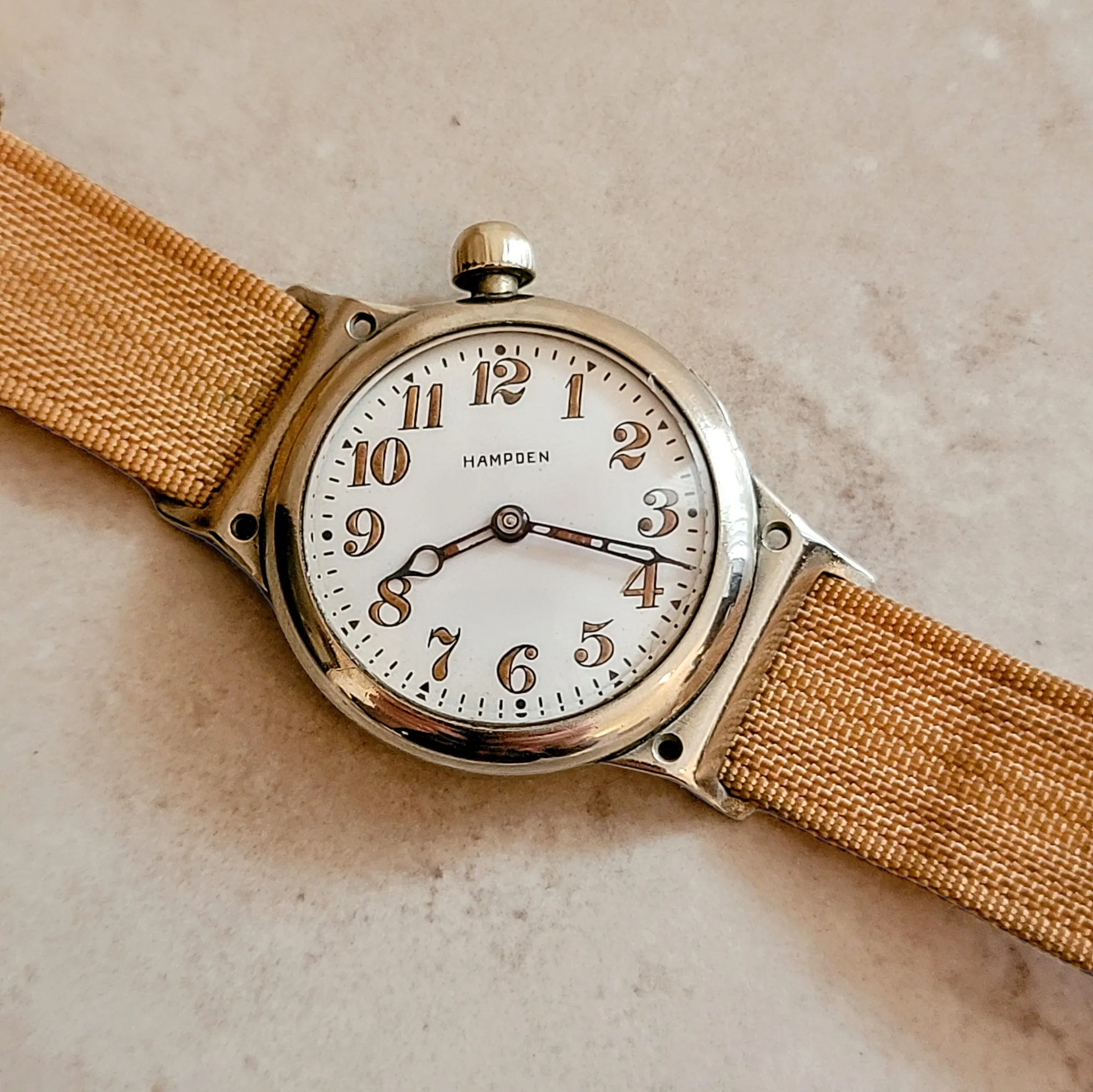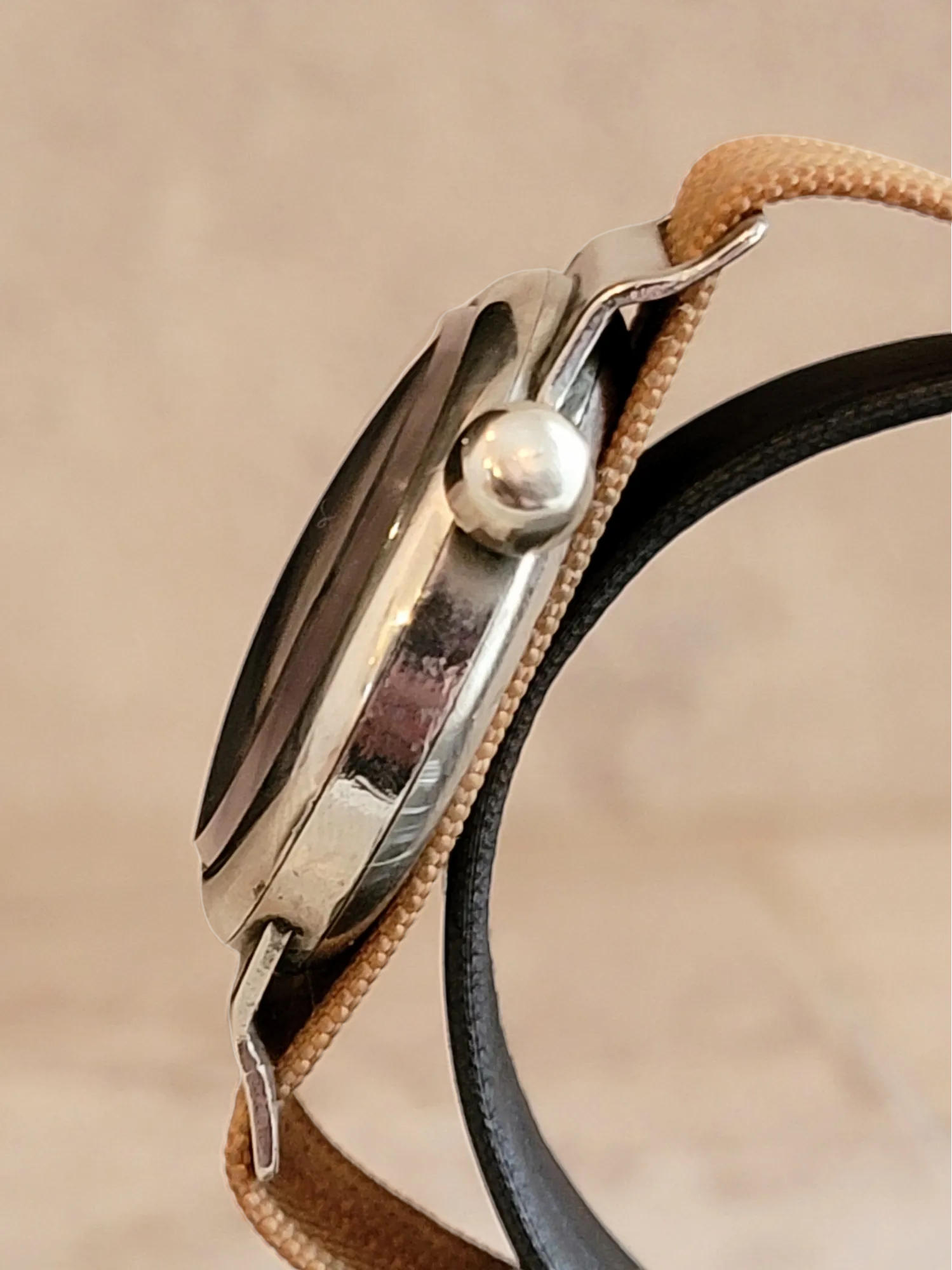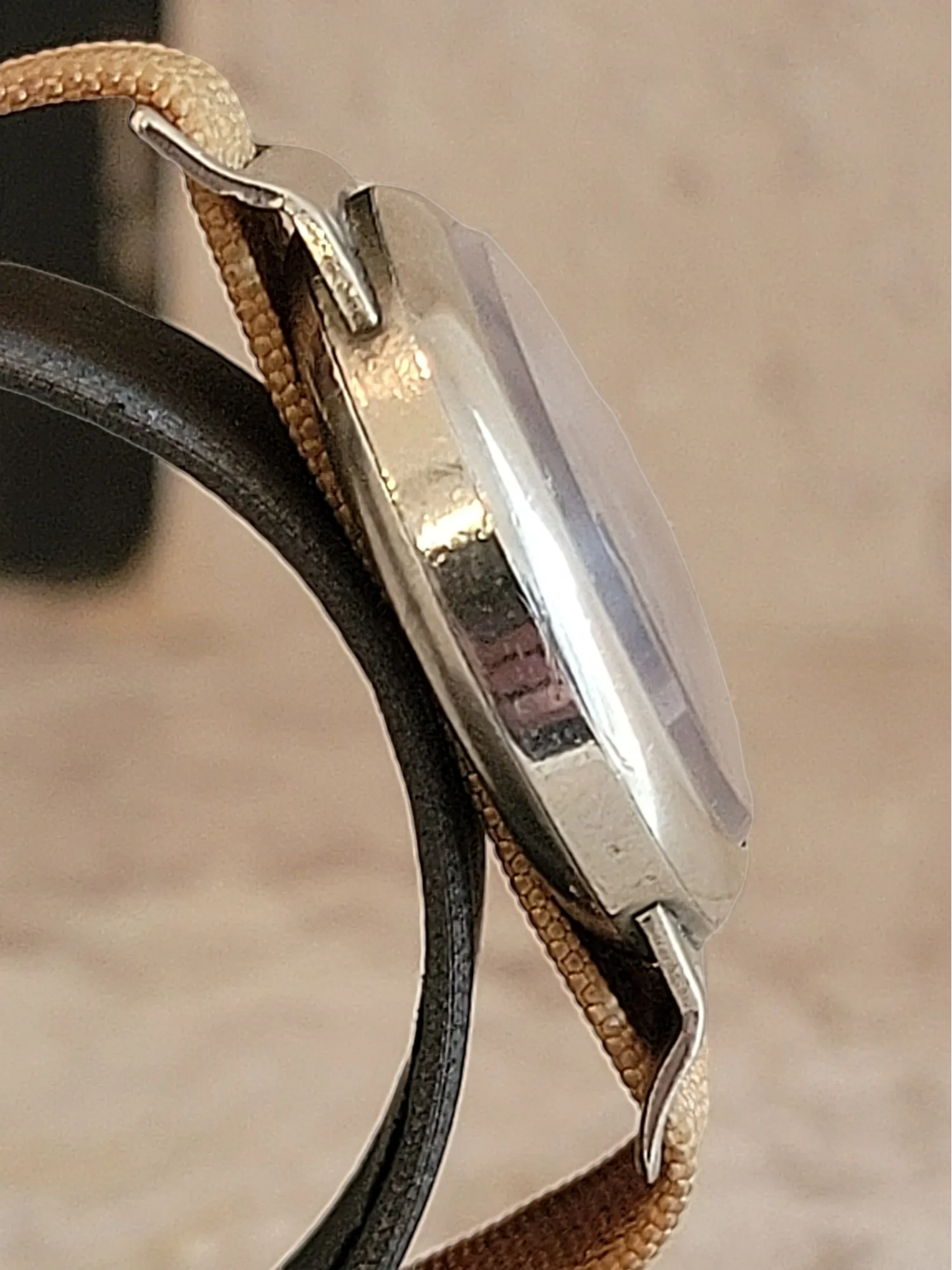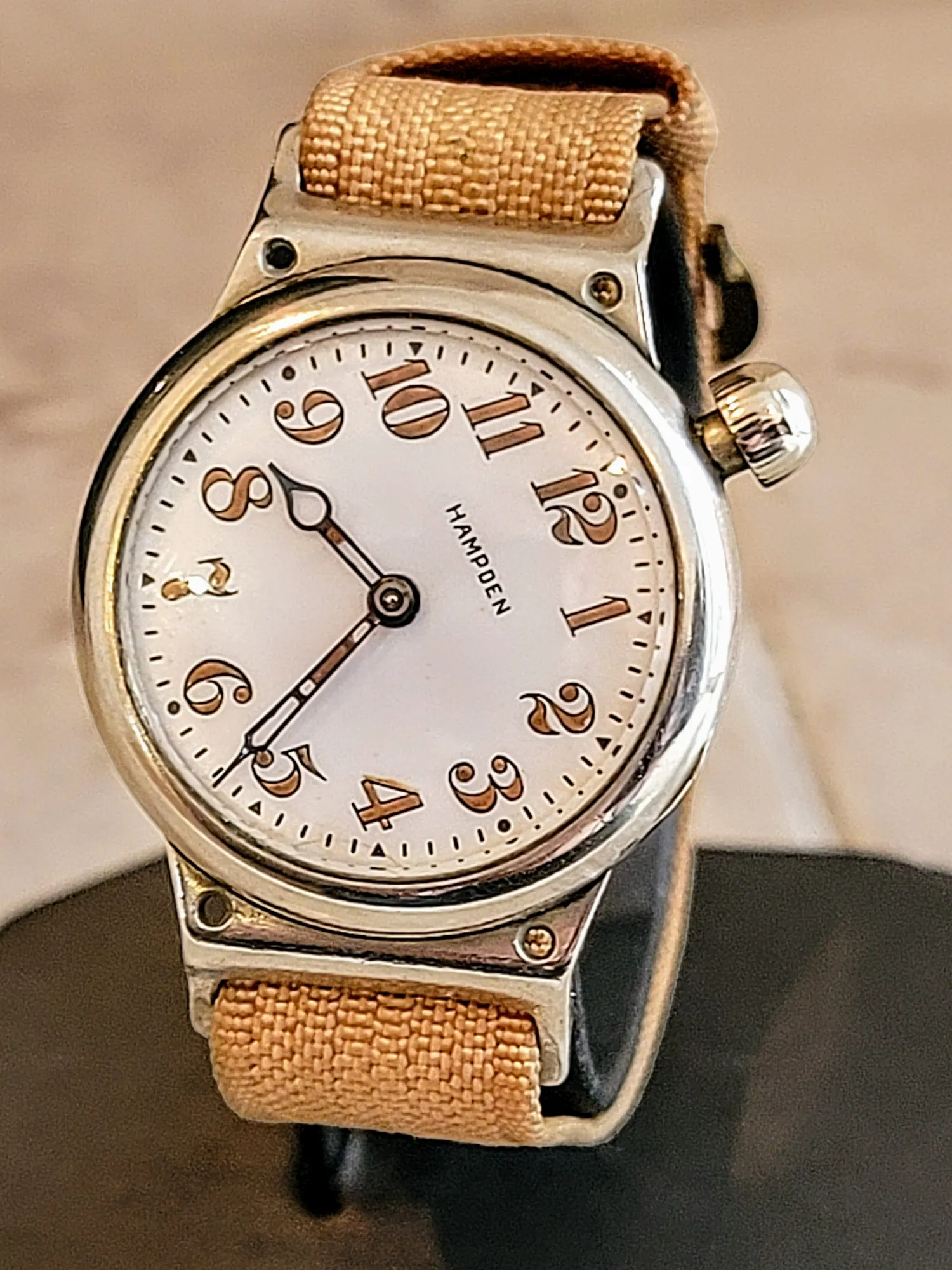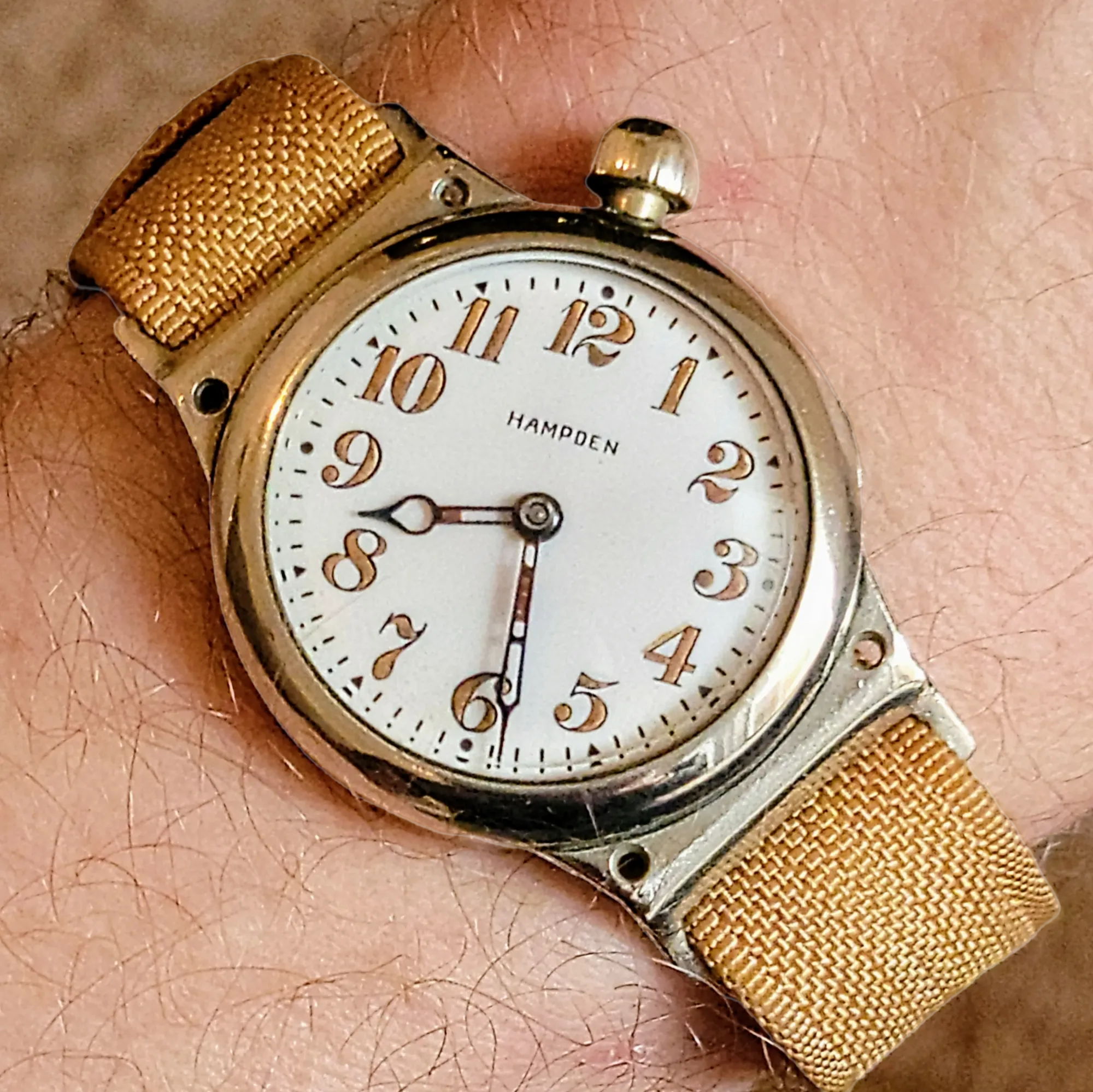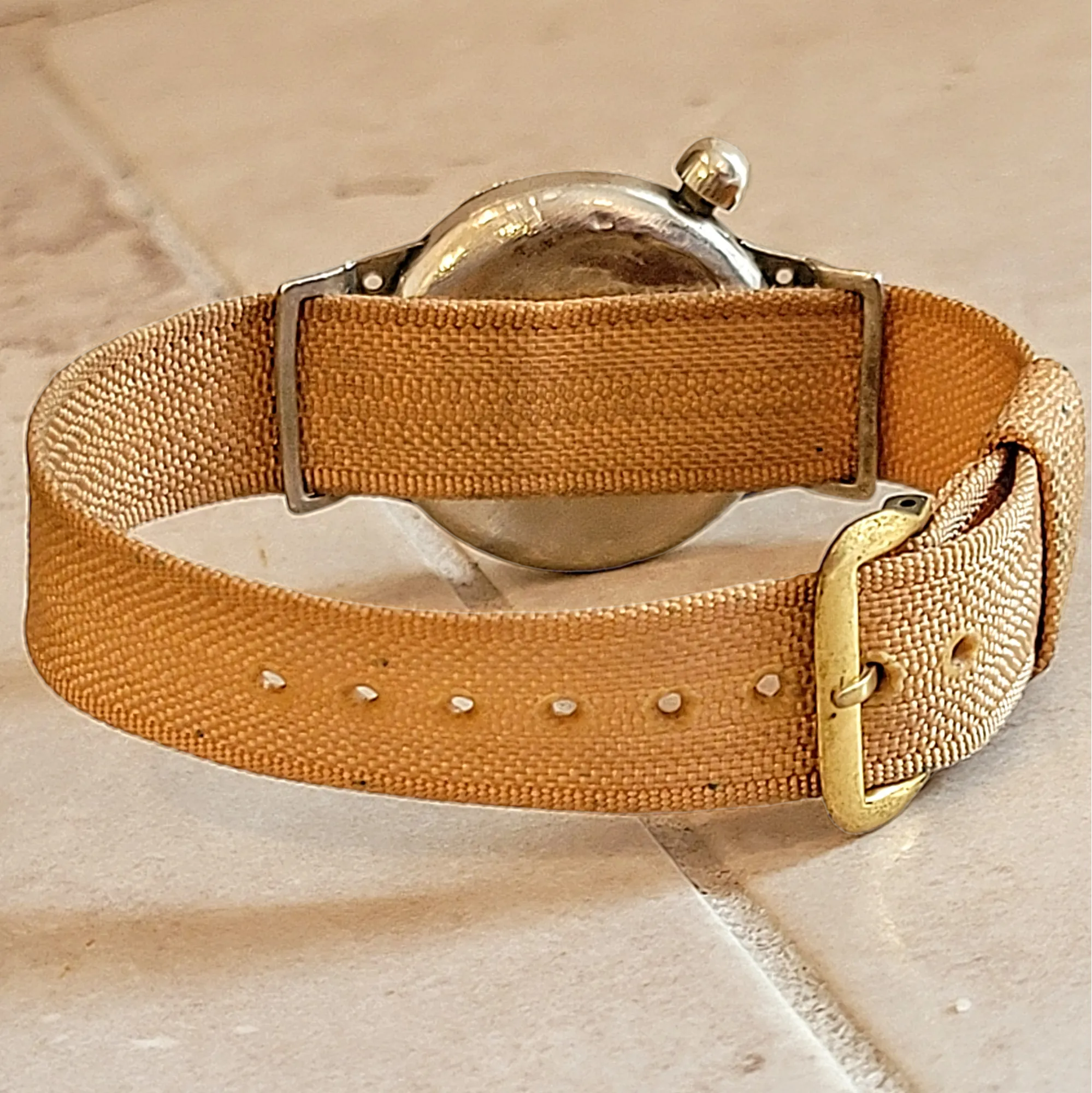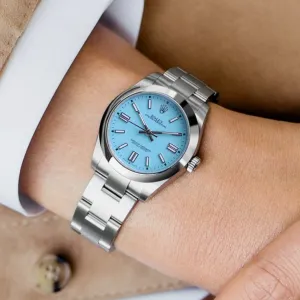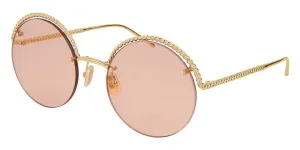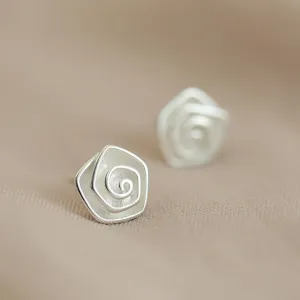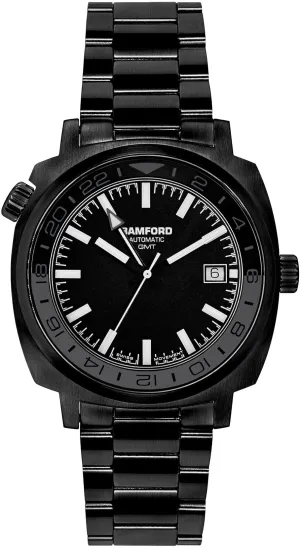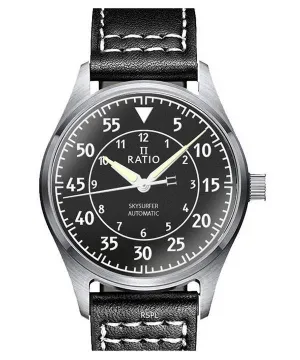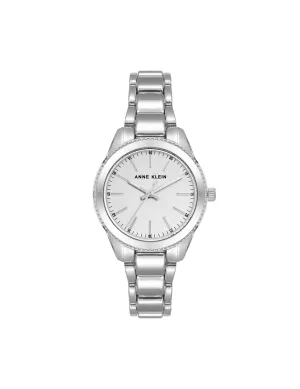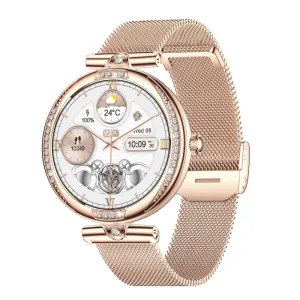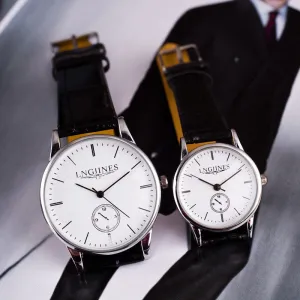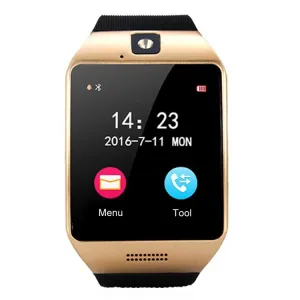Product Details
+HAMPDEN Watch Co.
Hampden Watch Co. an American watch manufacturer located in Springfield, Massachusetts and Canton, Ohio, manufactured timepieces from approximately 1877 to 1927.
In 1866, Donald J. Mozart founded the Mozart Watch Company in Providence, Rhode Island, to manufacture timepieces. The company failed very soon and in 1867 Donald has to reorganize the firm as the New York Watch Company with production facilities in Springfield, Massachusetts. Unfortunately, three years later, the factory burnt to the ground. Finally, in 1877, the company reopened, now doing business as the Hampden Watch Company.
Dueber Watch Case Company, located in Newport, Kentucky and founded by John C. Dueber in 1864 -to manufacturer cases for fine watches-, manufactured cases that held the internal workings of Hampden watches. In 1886, Dueber purchased a controlling interest in the Hampden Watch Company. One of the first Dueber's strategies was to relocate both companies (Hampden Watch Company and Dueber Watch Case Company) to Canton, Ohio. Now, the two companies shared manufacturing facilities and the Dueber Watch Case Company produced now the cases for the watches that the Hampden Watch Company manufactured.
By 1890, the company was producing quality watches, and introduced the first size 16, 23 jewel movement made in America.
Finally, in 1923, the two companies formally united together and becoming known as the Dueber-Hampden Watch Company. During the lathe 1800's and the early 1900's, the company was an important employer in Canton, employing at first around 2,300 Canton residents, around 10% of the city's population. Thanks to Dueber-Hampden Watch Company, Canton became an important center of watch manufacturing in the US.
In 1925, Dueber -who controlled all aspect of the company- sold the company to Walter Vrettman. Unfortunately, in 1927, falling sales, the company went to bankrupt and finally ceasing operations in the city in 1930 when Amtorg Trading Corporation purchased the Dueber-Hampden Watch Company together with the manufacturing equipment, parts on hand and work in progress, and move everything to Russia -including 21 former Dueber-Hampden employees to teach the Russians the craft of watchmaking- and build a new factory, the First State Watch Factory in Moscow.
TRENCH WATCHES - "A transitional design between pocket watches and wristwatches."
The very first beginning of trench watches is unknown. It could reported during the Boer War, when Britain marched on the Boer states of the Republic of Transvaal and The Orange Free State. "The reasoning behind the wrist-mounted convention was simple: it freed up one hand that would be normally be used to operate a pocket watch." Also, The first series of purpose-made men's wristwatches was produced by Girard-Perregaux in 1880 for the Germany Navy.
Around the early 1900's, wristwatches were femine accessories called "wristlets". When WWI began, soldiers and officers faced a problem -in battlefield with the chaos on and off, precise trimming was essential and vital for duties, communications and synchronizing attacks "a second could be the difference"- with pocket watches being cumbersome to pull out and open the protective lid with gloved hands, the dial were impossible to read at night and the glass crystals broke easily; mostly, pocket watches had many shortcomings in the battlefield.
An alternative was need, the "wristwatch" was born. With the wristlets around from before, militaries took the design and upsized it, adding more and durable materials and useful features to create the modern design. Among them, the shift from Roman to Arabic Numerals, the shatterproof crystal, radium-lumed hands and dials. Also, the crystal was oftenguarded by a hinged cage that was designed as to not obscure the numerals. The functional benefits of the wristwatches had turned them into a trend.
By the end of the war, round 1918, "trench watches had become a symbol of courage and bravery, which signaled their push towards the mainstream and opened up a mass market in the post-war era."
"From pocket watches those trench watches inherited hinged front and back covers. The lugs for a strap looked like a thick wire attachment to the classical round shape of pocket watches rather than a integrated part of the body of the later and modern wristwatches."
HAMPDEN
"No. 400"
Trench Watch
Military Wristwatch
A real UNIQUE timepiece, a vintage Hampden trench watch, model "No. 400". The movement serial number indicates that this watch is dated from 1914. It is a manual wind watch with a Hampden caliber grade Diadem, size 3/0s, 15 jewels movement, U.S.A. made.
With the desirable offset dial/crown design, this is a GORGEOUS 31mm round case, also the case back signed "Silverine", from Dueber Case Watch Company marking. It has an unique case and lugs design(*) that was maybe for adding a cage to protect the crystal and at the same time no not obscure the numerals.
(*)This case style was used by the US Army Infantry and Cavalry in 1916. Especially adapted to hard outdoor use.
After 100 years, it still has a perfect white dial (it seems to be the original) with luminous Arabic Numerals, bold minute marks and matching hands (they were luminous as well).
This watch is coming with a vintage beige one-piece canvas strap.
This watch is still in lovely condition, runs very well, keeps great time! It is a very good looking watch.
Thank you for looking! Please feel free to contact us with any questions, or respectful offers.
Movement:
DIADEM
15 Jewels
Canton, OH
3291006
Case Back Markings:
SILVERINE
Measures (mm):
Case Diameter 31
Case Lug to Lug 44.6
Case Thickness 10
Lug Width 15
Band Width 15
Vintage watches are traditionally smaller than today's watches. Men's watches typically measure between 29-36mm (some larger, some smaller) wide excluding the crown. In the listing details we typically try to do our best to list all pertinent dimensions of a watch. If you don't see it, or we failed to do so, please reach out to us. Women's watches from the 1900s-1970s were also much smaller than todays offerings. Please also feel free to ask any questions you have pertaining to size.
We prefer to shoot photographs outside when weather is permitting. However, when we shoot indoors, please be aware that we shoot our photographs inside of lightboxes that are lit with 360 LED bulbs. This indeed magnifies any flaws. Usually, they are much less obvious to the naked eye. Having said that, we never photoshop any of our photography, remove blemishes, etc. We adjust light when necessary, but what you see is what you are getting, and we take pride in that.
The condition is pre-owned.
The item may have some signs of cosmetic wear, but is fully operational and functions as intended.
See all the photos, feel free to ask questions if you have any.
It will be carefully packed.
Check out my other items listed.
Thanks for looking!
WA-1940




